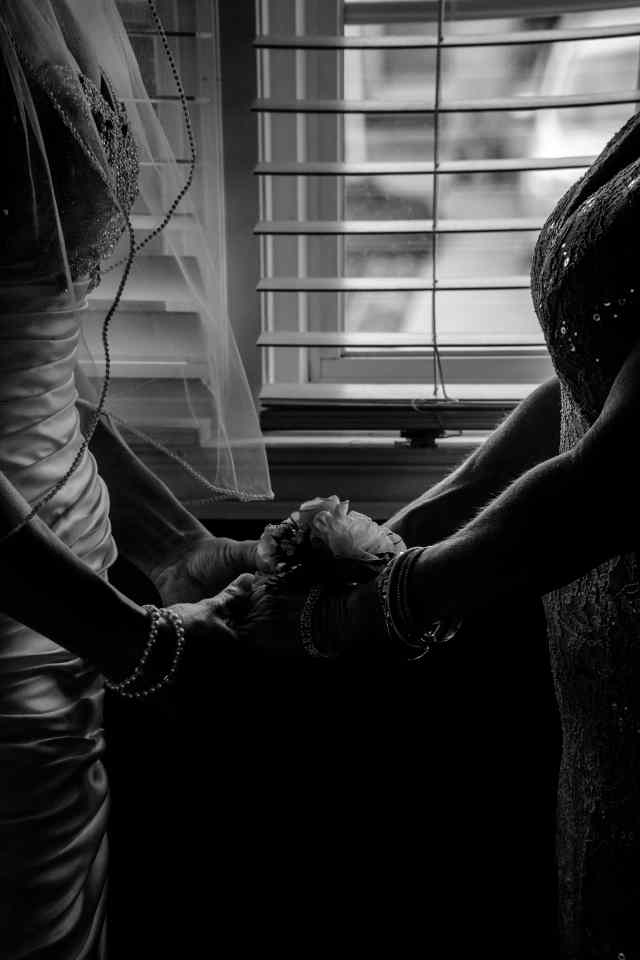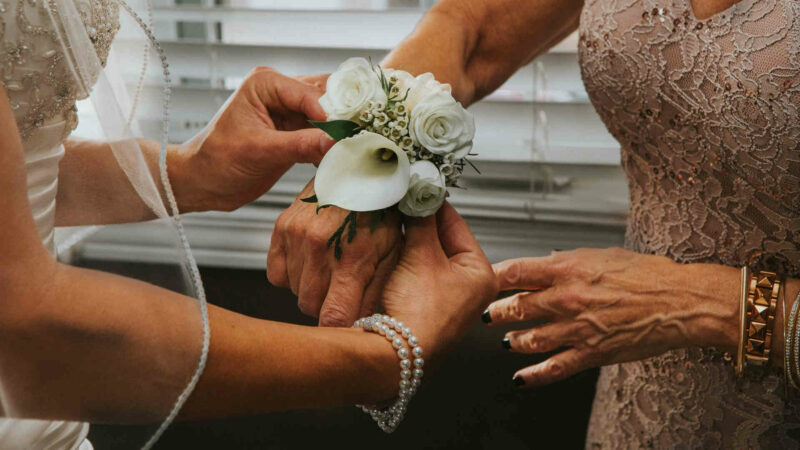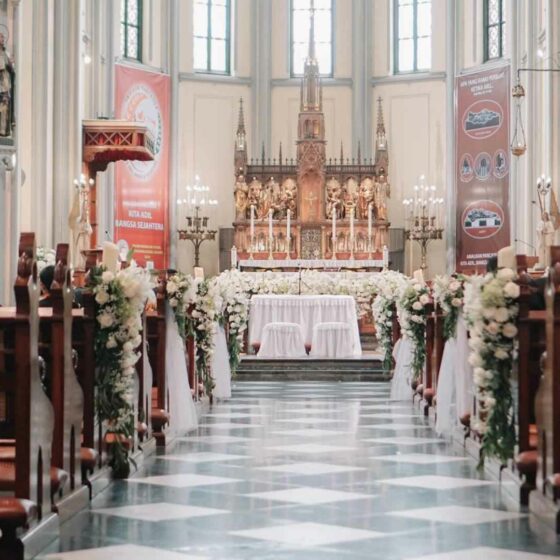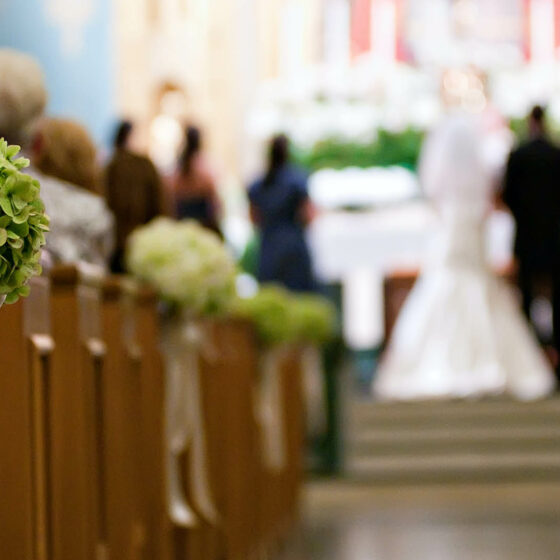A wedding is a magical experience for not only the couple but also their friends and family. It marks a moment in their life when both of them start a whole new chapter in their lives. Though some prefer to do away with traditions, most people opt for a traditional wedding with its various customs intact.
Who walks the mother of the bride? The mother of the bride can be accompanied either by a groomsman, her son, her brother, the bride or even her husband.
Unlike most people, the mother of the bride has the option to be accompanied by any of the above people. With everything a mother has to go through while raising her children, it seems only fitting that custom places so much importance on the mother of the bride. Let’s dive a bit deeper into it and see if we can learn something new today.

Who walks the mother of the bride?
As mentioned above, the mother of the bride can be accompanied by:
- Her son – The son doesn’t need to be a fully grown adult to accompany his mother to the ceremony. He could be an adult, a teenager or even a preteen. Nothing can be more heartwarming than seeing a mother being walked down the aisle arm in arm with her beloved son.
- Her husband – You might be wondering how her husband could accompany her when he has to walk their daughter down the aisle. Well, in this case, the husband will first accompany his wife down the aisle after which he goes back and joins their daughter. The bride is the last person to enter the ceremonial hall after all. So, there’s enough time for the dad to be a super dad.
- Her brother – The brother of the mother is another person who can walk her down the aisle. He can also hand the bride to the groom and act as the father if her real father can’t. Although you don’t see this often at weddings, it does happen more often than you think.
- Groomsman – In most weddings, the mother of the bride is usually accompanied by a groomsman. Weirdly enough, this is the traditional choice despite the other prospects being her own family.
- The bride – In traditional Jewish weddings, the mother of the bride gets to walk her daughter down the aisle along with her husband. What could be better for the bride than having her two parents accompany her as she prepares to start a new chapter in her life?
The mother of the bride can also be accompanied by the mother of the groom as can the best man. In some weddings, the mother walks alone too, depending on either her choice or circumstances. There is no right or wrong way here. What matters is what she wants.
Processional order in weddings
The bride walking down the aisle is perhaps one of the most anticipated moments in western weddings. By being the last person to enter the ceremonial hall, all eyes will be on her when she walks in. However, the order in which people enter may change based on the type of wedding and traditions.
- Christian weddings – Here, the bride’s mother walks down the aisle first signaling that the ceremony is about to begin. Then the groom takes his place at the altar. Then comes the best man, groomsmen with bridesmaids, maid of honor, flower girls and ring bearers followed by the father of the bride and the bride herself. Some choose to have the same music playing when everyone is walking down the aisle whereas others play the standard wedding music only when the bride appears.
- Jewish weddings – In Jewish weddings, the rabbi walks in first after which the grandparents of the bride walk down the aisle followed by the grandparents of the groom. Then the groomsmen appear in pairs followed by the best man. Then the groom walks down the aisle and takes his place by the altar with the best man standing next to him. The bridesmaids also proceed in pairs followed by the maid of honor. The next in line are the flower girls and ring bearers. At the very end, both parents of the bride escort her to the altar.
- Hindu weddings – Hindu weddings are very different compared to Christian and Jewish weddings but they also have a specific processional order. Different regions in India have different customs and so there is no one specific set of traditions followed by all weddings. In most Hindu weddings, the groom and his family and friends enter the ceremony where they are awaited by the bride’s family and friends. Sweets and flowers are exchanged between both parties and the groom is led to the ceremonial stage. The bride and her family then walk down the aisle along with her friends and seat her near the groom.
Related Questions
Who seats the mother of the bride at a wedding?
In traditional Christian weddings, the left side of the aisle is where the bride’s family sits whereas, in Jewish weddings, it is the opposite. In the latter case, the right side is where the bride’s family sits. In both cases, the mother of the bride sits in the first row right next to her husband. Depending on who walks her down the aisle, she could be seated by a groomsman, her husband, her son, her brother or an usher (if she walked alone). Once the mother is seated, it signals the start of the wedding ceremony.
Does the mother of the bride walk down the aisle first?
If it’s a Christian wedding, then the mother of the bride is the first person to walk down the aisle. Her appearance marks the beginning of the ceremony and lets everyone know that the wedding is starting. At this point, all the guests stand up from their seats and wait with bated breath to see the soon to be wedded couple and their families. In Jewish weddings, however, the mother accompanies the bride and the father at the very end. They can choose to stand under the Chuppah with the couple or take their seats in the front row.
If the bride has a stepmother, who walks down the aisle first?
If the bride has a stepmother, then the groomsman must first escort her first and then walk her biological mother after that. Usually, the mother of the bride is the last person to be escorted down the aisle right before the party. However, the stepmother will be seated in the second row while the bride’s mother sits in the first row. This might lead to awkward situations especially when the bride is estranged from her real mother. In such cases, the seating is altered to reflect their relationship.
Header Photo © Hermes Rivera / Unsplash







